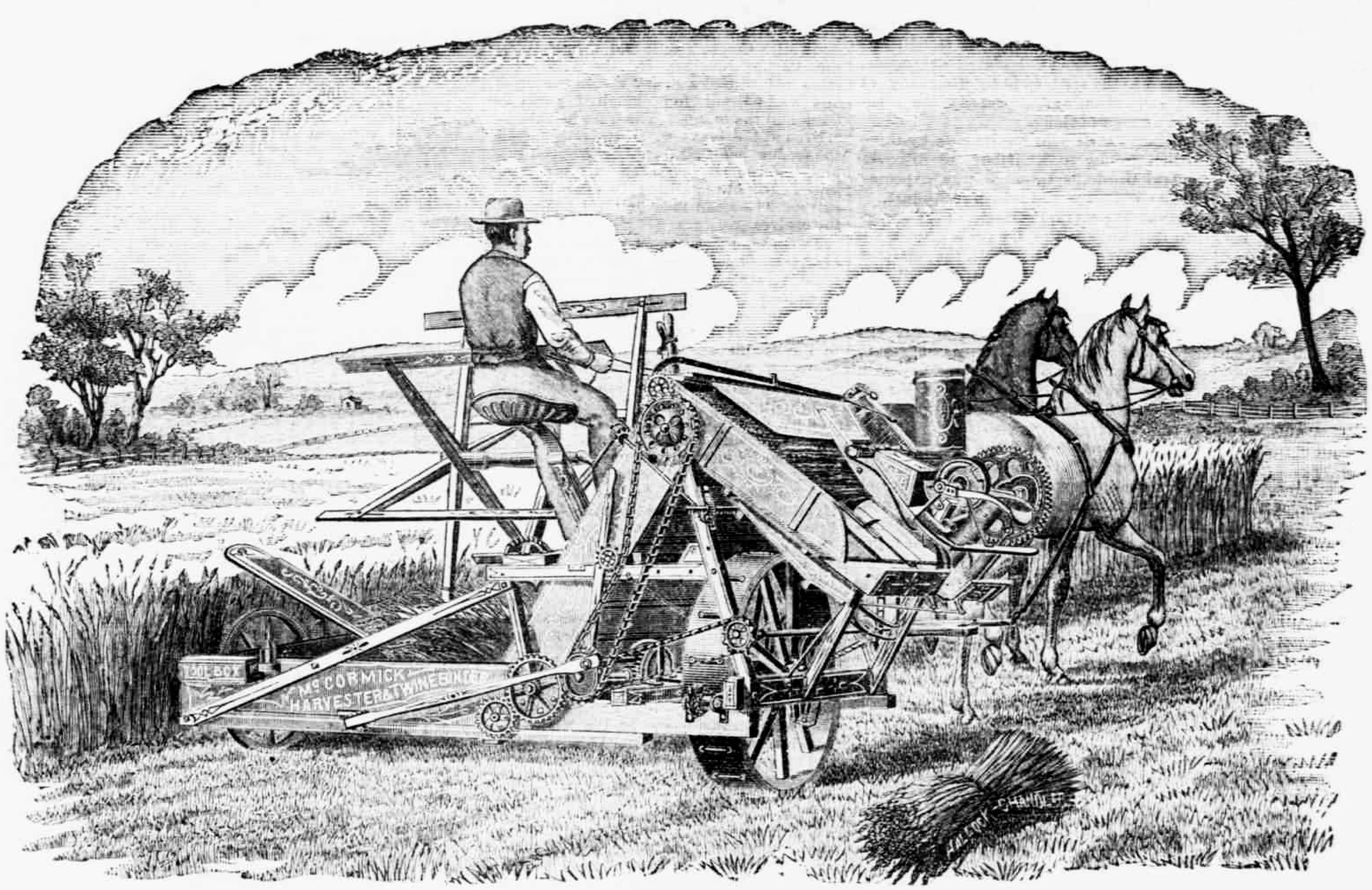|
Sewallis Shirley (MP)
Sewallis Evelyn Shirley DL, JP (15 July 1844 – 7 March 1904), was a British politician. He is best known as the founder of the Kennel Club in Britain in 1873. Background and education A member of the Shirley family headed by the Earl Ferrers, Shirley was the son of Evelyn Shirley and Mary Clara Elizabeth, daughter of Sir Edmund Lechmere, 2nd Baronet. His paternal grandfather was Evelyn Philip Shirley. Shirley was born at the family's English estate of Ettington Park near Stratford-upon-Avon. He was educated at Eton before matriculating to Christ Church, Oxford in 1864, though he did not take a degree. He was presented to the Prince of Wales (later Edward VII) at a special levée at St James's Palace on 1 June 1869. He was accompanied by his father, and was one of 350 gentlemen to be shown at the event. Political career Shirley's family had a long connection with County Monaghan in Ireland, and they owned a large estate at Lough Fea, Carrickmacross. Shirley entered Par ... [...More Info...] [...Related Items...] OR: [Wikipedia] [Google] [Baidu] |
Levée (ceremony)
The levee (from the French word ''lever'', meaning "getting up" or "rising") was traditionally a daily moment of intimacy and accessibility to a monarch or leader, as he got up in the morning. It started out as a royal custom, but in British America it came to refer to a reception by the sovereign’s representative, which continues to be a tradition in Canada with the New Year's levee; in the United States a similar gathering was held by several presidents. History France In Einhard's ''Life of Charlemagne'', the author recounts the Emperor's practice, when he was dressing and putting on his shoes, to invite his friends to come in and, in case of a dispute brought to his attention, "he would order the disputants to be brought in there and then, hear the case as if he were sitting in tribunal and pronounce a judgement." By the second half of the sixteenth century, it had become a formal event, requiring invitation. In 1563 Catherine de' Medici wrote in advice to her son, the Kin ... [...More Info...] [...Related Items...] OR: [Wikipedia] [Google] [Baidu] |
Field Trials
A field trial is a competitive event for gundogs. Field trials are conducted for pointing dogs and setters, retrievers and spaniels, with each assessing the different types various working traits. In the United States, field trials are also conducted for Basset Hounds, Beagles and Dachshunds. Pointer and setter trials Pointer and setter trials are trials for both pointing dogs and setters. During pointer and setter trials the dogs are run in a brace (pair of dogs run together) with two judges observing, the dogs are worked into the wind on live gamebirds, they are required to quarter their assigned beat, finding and pointing any game in the beat. Once on the point the dog must remain staunch until the judge indicates then move in and flush the bird, once the bird is flushed a shot is fired and dog must drop to the ground. Dogs are judged for their ability to find game, their style and staunchness on point, their backing of the other dog, their quartering ability and their pace ... [...More Info...] [...Related Items...] OR: [Wikipedia] [Google] [Baidu] |
Bulldog
The Bulldog is a British breed of dog of mastiff type. It may also be known as the English Bulldog or British Bulldog. It is of medium size, a muscular, hefty dog with a wrinkled face and a distinctive pushed-in nose."Get to Know the Bulldog" , 'The American Kennel Club'. Retrieved 29 May 2014 It is commonly kept as a ; in 2013 it was in twelfth place on a list of the breeds most frequently registered worldwide. The Bulldog has a longstanding association with ; the |
English Bull Terrier
The Bull Terrier is a breed of dog in the terrier family. There is also a miniature version of this breed which is officially known as the Miniature Bull Terrier. Appearance The Bull Terrier's most recognizable feature is its head, described as 'egg-shaped head', when viewed from the front; the top of the skull is almost flat. The profile curves gently downwards from the top of the skull to the tip of the nose, which is black and bent downwards at the tip, with well-developed nostrils. The lower jaw is deep and strong. The unique triangular eyes are small, dark, and deep-set. Bull Terriers are the only dogs that have triangular eyes. The body is full and round, with strong, muscular shoulders. The tail is carried horizontally. They are either white, red, fawn, black, brindle, or a combination of these. Temperament Bull Terriers can be both independent and stubborn and for this reason are not considered suitable for an inexperienced dog owner. A Bull Terrier has an even temper ... [...More Info...] [...Related Items...] OR: [Wikipedia] [Google] [Baidu] |
Fox Terrier
Fox Terriers are two different breeds of the terrier dog type: the Smooth Fox Terrier and the Wire Fox Terrier. Both of these breeds originated in the 19th century from a handful of dogs who are descended from earlier varieties of British terriers, and are related to other modern white terrier breeds. In addition, a number of breeds have diverged from these two main types of fox terrier and have been recognised separately, including the Jack Russell Terrier, Miniature Fox Terrier and Rat Terrier. The Wire and Smooth Fox Terriers share similar characteristics, the main differences being in the coat and markings. They have been successful in conformation shows, more prominently in America than their homeland. History English physician John Caius described the English terrier type in his 1577 work ''English Dogges''. By the 18th century, it was recorded that all terriers were wire haired, and black and tan in colour. The earliest record of any white terrier was a dog named Pitch, ... [...More Info...] [...Related Items...] OR: [Wikipedia] [Google] [Baidu] |
Plan Of Campaign
The Plan of Campaign was a strategy, stratagem adopted in Ireland between 1886 and 1891, co-ordinated by Irish politicians for the benefit of tenant farmers, against mainly absentee landlord, absentee and rack-rent landlords. It was launched to counter agricultural distress caused by the continual depression in prices of dairy products and cattle from the mid-1870s, which left many tenants in arrears with rent. Bad weather in 1885 and 1886 also caused crop failure, making it harder to pay rents. The Land War of the early 1880s was about to be renewed after evictions increased and outrages became widespread. Drastic measures The Plan, conceived by Tim Healy (politician), Timothy Healy, was devised and organised by Timothy Harrington secretary of the Irish National League, William O'Brien and John Dillon. It was outlined in an article headed ''Plan of Campaign'' by Harrington which was published on 23 October 1886 in the League's newspaper, the ''United Irishman'' of which O'Brien w ... [...More Info...] [...Related Items...] OR: [Wikipedia] [Google] [Baidu] |
Great Depression Of British Agriculture
The Great Depression of British Agriculture occurred during the late nineteenth century and is usually dated from 1873 to 1896. Contemporaneous with the global Long Depression, Britain's agricultural depression was caused by the dramatic fall in grain prices that followed the opening up of the American prairies to cultivation in the 1870s and the advent of cheap transportation with the rise of steamships. British agriculture did not recover from this depression until after the Second World War. Other countries in Western Europe such as the Netherlands experienced the same agricultural crisis (1878–1895) as a result of the market being flooded by cheap grain from the United States and Canada.Encarta-encyclopedie Winkler Prins (1993–2002) s.v. "landbouwpolitiek § geschiedenis", "Leeuwarden §3. geschiedenis". Microsoft Corporation/Het Spectrum. Background In 1846 Parliament repealed the Corn Laws, which had imposed a tariff on imported grain, and thereby ''de facto'' instituted ... [...More Info...] [...Related Items...] OR: [Wikipedia] [Google] [Baidu] |
High Sheriff Of Monaghan
The High Sheriff of Monaghan was the British monarch's representative in County Monaghan, a territory known as his bailiwick. Selected from three nominated people, he held his office for the duration of a year. He had judicial, ceremonial and administrative functions and executed High Court Writs. History The office of High Sheriff was the oldest under the crown. In England it had its establishment before the Norman Conquest. The High Sheriff remained first in precedence in the counties, until the reign of Edward VII, when an Order in Council in 1908 gave the Lord-Lieutenant the prime office under the Crown as the Sovereign's personal representative. In Ireland, the office of High Sheriff was formally abolished by the Court Officers Act 1926. The High Sheriff of Monaghan was the British Crown's judicial representative in County Monaghan from its creation in 1585 until 1922, when the office was abolished. High Sheriffs of Monaghan *1590: Ross bane McMahon *1605: Richard (Rhisiar ... [...More Info...] [...Related Items...] OR: [Wikipedia] [Google] [Baidu] |
South Monaghan (UK Parliament Constituency)
South Monaghan was a parliamentary constituency in Ireland, returning one Member of Parliament (MP) to the House of Commons of the Parliament of the United Kingdom, from 1885 to 1922. Prior to the 1885 general election the area was part of the Monaghan constituency. From 1922, on the establishment of the Irish Free State, it was not represented in the UK Parliament. Boundaries This constituency comprised the southern part of County Monaghan County Monaghan ( ; ga, Contae Mhuineacháin) is a county in Ireland. It is in the province of Ulster and is part of Border strategic planning area of the Northern and Western Region. It is named after the town of Monaghan. Monaghan County Cou .... 1885–1922: The baronies of Cremorne and Farney. Members of Parliament Elections Elections in the 1880s Elections in the 1890s Elections in the 1900s Daly resigns, prompting a by-election. Elections in the 1910s ... [...More Info...] [...Related Items...] OR: [Wikipedia] [Google] [Baidu] |
Protestant
Protestantism is a Christian denomination, branch of Christianity that follows the theological tenets of the Reformation, Protestant Reformation, a movement that began seeking to reform the Catholic Church from within in the 16th century against what its followers perceived to be growing Criticism of the Catholic Church, errors, abuses, and discrepancies within it. Protestantism emphasizes the Christian believer's justification by God in faith alone (') rather than by a combination of faith with good works as in Catholicism; the teaching that Salvation in Christianity, salvation comes by Grace in Christianity, divine grace or "unmerited favor" only ('); the Universal priesthood, priesthood of all faithful believers in the Church; and the ''sola scriptura'' ("scripture alone") that posits the Bible as the sole infallible source of authority for Christian faith and practice. Most Protestants, with the exception of Anglo-Papalism, reject the Catholic doctrine of papal supremacy, ... [...More Info...] [...Related Items...] OR: [Wikipedia] [Google] [Baidu] |
Carrickmacross
Carrickmacross () is a town in County Monaghan, Ireland. The town and environs had a population of 5,032 according to the 2016 census, making it the second-largest town in the county. Carrickmacross is a market town which developed around a castle built by the Earl of Essex in 1630. The town won the European Entente Florale Silver Medal Award in 1998. The local Gaelic football and hurling club is Carrickmacross Emmets. The local soccer team is Carrick Rovers. History Foundation and development Carrickmacross is a market town which developed around a castle built by the Earl of Essex in 1630. The Convent of St Louis now stands on the original castle site, as the castle itself was destroyed in the late 17th century during the Williamite Wars. The town developed further as a market town during the 18th century, and a number of large municipal and religious buildings were built to serve the growing population during the 19th century. The town experienced population decline in mid- ... [...More Info...] [...Related Items...] OR: [Wikipedia] [Google] [Baidu] |




.jpg)


